Thrust Angle
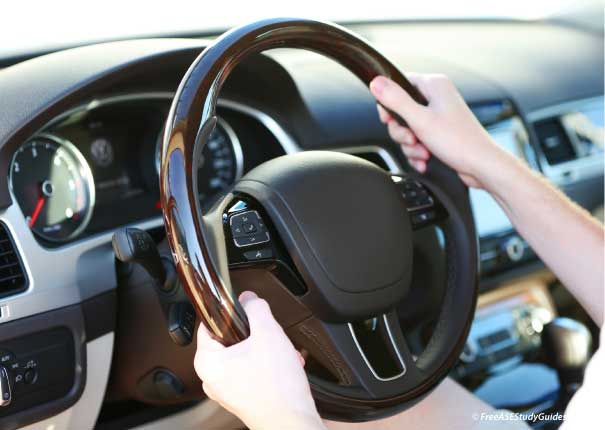
A vehicle's thrust angle affects its steering wheel position. The thrust line should line up with the vehicle's geometric centerline. Check this angle if the vehicle has been in a collision. There is a difference in repair procedures depending on the vehicle's suspension system.
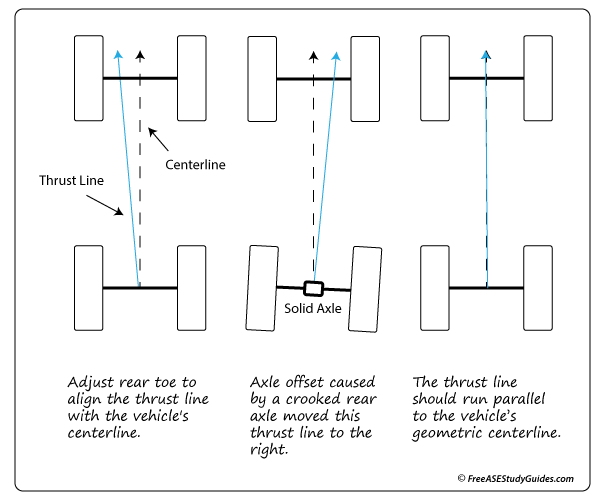
Axle offset occurs when a solid axle is crooked and not square with the front tires. Perform a thrust angle alignment on a vehicle with a solid axle. Independent suspensions are adjustable and require rear toe link adjustments to correct an incorrect thrust angle.
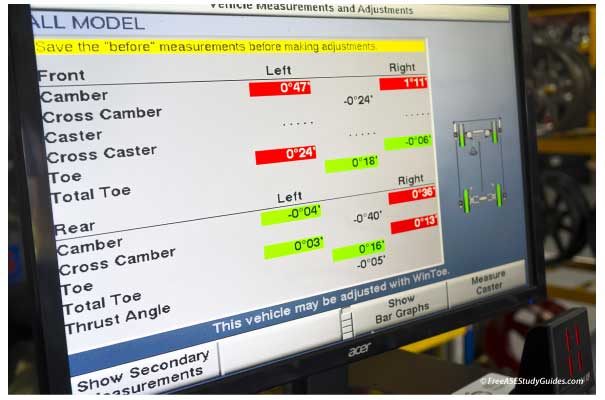
Since front-wheel-drive cars are more prominent than rear-wheel-drive, four-wheel alignments have become the norm. The thrust angle must be checked and corrected before the wheel alignment. Inspect the vehicle for collision damage and rear toe.
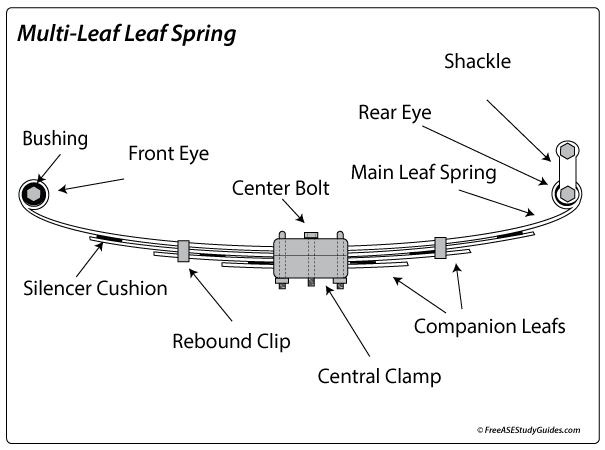
Axle offset occurs when the rear axle tilts sideways, causing both rear tires to point in the wrong direction. Like a forklift, the vehicle will steer to the right if the rear tires point to the left. A broken leaf spring center bolt or problems with the shackle typically result in axle offset.
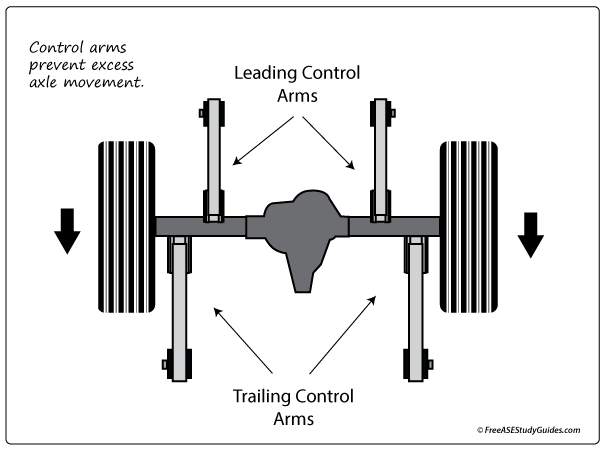
On vehicles with trailing arm suspension, worn or damaged bushings or a bent arm can cause a noticeable pull in the steering wheel.